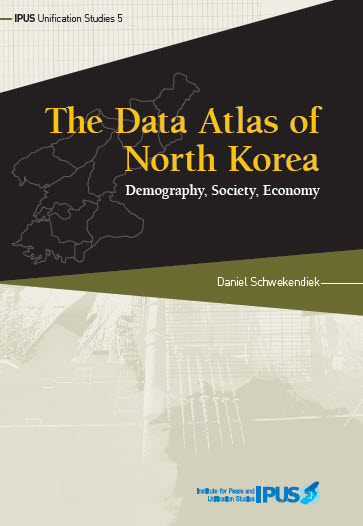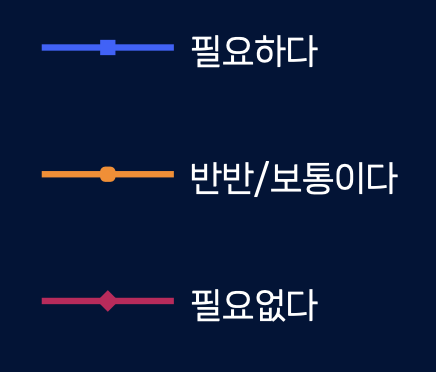The Data Atlas of North Korea: Demography, Society, Economy

저자: Daniel Schwekendiek
발행일: 2009. 10
Foreword
The Democratic People’s Republic of North Korea (DPRK) – widely known as North Korea – remains one of the most secluded societies on earth. As a result its totalitarian government has not officially released any quantitative data to the outside world. However, this atlas makes use of raw data, collected from a number of sources, which I have used in the course of my previous research on North Korea. It should provide help to all researchers, scholars, field workers and political decision makers dealing with North Korea’s statistical terra incognita.
It should be formally mentioned that the term South Korea and South Korean refers to the Republic of Korea and its people, and the term North Korea and North Korean to the Democratic People’s Republic of Korea and its people. All ages are given according to conventional western age (which might differ by up to two years from traditional Korean age classifications).
None of the maps shown reflects a position held by me on the legal status of any country or territory or the delimitation of any frontiers. Any views expressed herein are solely my own and do not necessarily constitute policy of Seoul National University (SNU) or the Institute of Peace and Unification Studies (IPUS).
Dr. Daniel Schwekendiek
Seoul, June 2009
Acknowledgements
This project was funded by an IPUS-independent research grant generously provided by the Institute for Peace and Unification Studies at Seoul National University in 2009. I am grateful to the director, Professor Myoung Kyu Park, and to Professor Philo Kim for their suggestions and cooperation throughout the project. I am particularly indebted to Professor Sunyoung Pak from the Department of Anthropology at Seoul National University for letting me use the refugee data from our joint papers on the two Koreas; and to the United Nations World Food Program (WFP) and United Nations Children’s Fund (UNICF) for the population and household data. I would also like to thank all my colleagues at the Institute of Peace and Unification Studies and Institute of Cross-Cultural Studies who I met here at Seoul National University from 2007 to 2009. Special thanks to Emma Campbell for her comments on an early draft, and for proof reading the manuscript. All remaining errors are my sole responsibility.
첨부파일


















